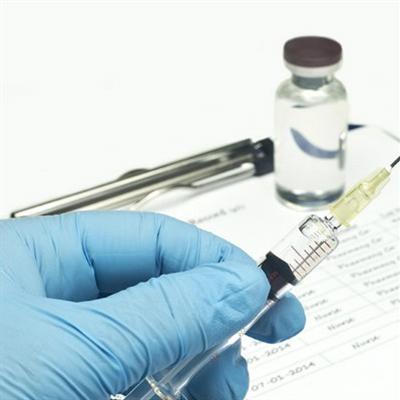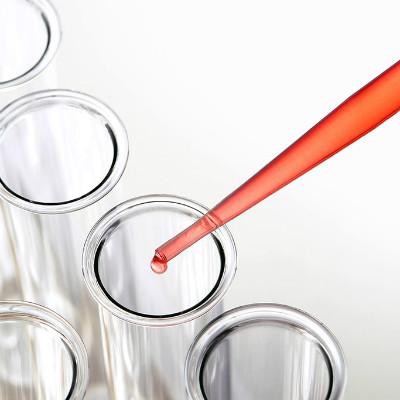How much is massive hematemesis
summary
A lot of hematemesis is generally caused by the digestive tract, which is a relatively serious phenomenon. Therefore, timely treatment should be given when there is a lot of hematemesis, otherwise it will have a great impact on the body. Let's talk about how much hematemesis is.
How much is massive hematemesis
First, analyze the bleeding site. Gastric and duodenal bleeding is characterized by first feeling hot stomach discomfort, followed by hematemesis, containing food, accompanied by black stool. When portal hypertension bleeding, there is a burning feeling behind the sternum, a large amount of hematemesis, bright red color, often blood clots. However, the symptoms of severe biliary colic are often found before biliary hemorrhage, which is relieved after hemorrhage, often accompanied by fever and jaundice. General bleeding site in the pylorus more than hematemesis, pylorus caused by melena. Nurses should carefully observe the characteristics of hematemesis and hematochezia, and assist doctors to make correct judgment on the bleeding site, so as to take effective treatment measures.
Second: estimate and record the amount of hematemesis and hematochezia. If the patient has dizziness, fatigue and pulse number, it means that the blood loss is more than 400 ml. the blood pressure and pulse should be measured every 30 min and recorded. Such as systolic blood pressure < 79. 5 mmHg and pulse pressure decreased, indicating that the amount of bleeding was more than 1500 ml. If it is tarry stool, large amount and thin, active bowel sounds and obvious abdominal distension, it indicates bleeding or aggravation of bleeding.
Third: pay attention to the signs of rebleeding. The condition of patients with digestive tract is often repeated, and it is necessary to observe whether there is rebleeding after bleeding control. If the patient's frequency of repeated hematemesis or melena increases, the color changes from dark black to dark red, the blood pressure and pulse are unstable, the central venous pressure decreases again after recovery, the hemoglobin and red blood cells decrease, the urea nitrogen increases continuously, and the patient feels irritable, dizzy, flustered, sweating and thirsty, all indicating rebleeding, the doctor should be informed immediately for active treatment.
matters needing attention
If patients have massive hematemesis symptoms, they should be sent to the hospital in time for rescue. At the same time, they should talk more with patients, appease patients' emotions, try to eliminate patients' tension, and actively cooperate with doctors for treatment.














